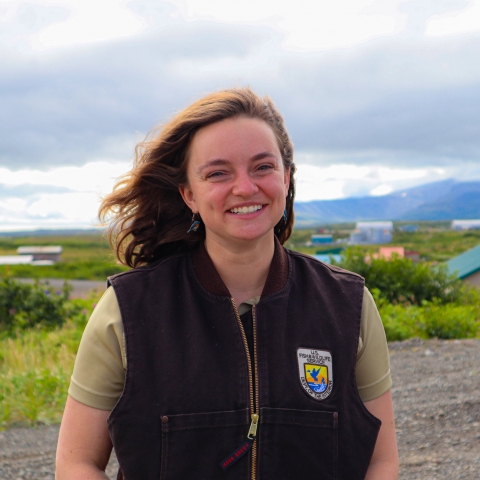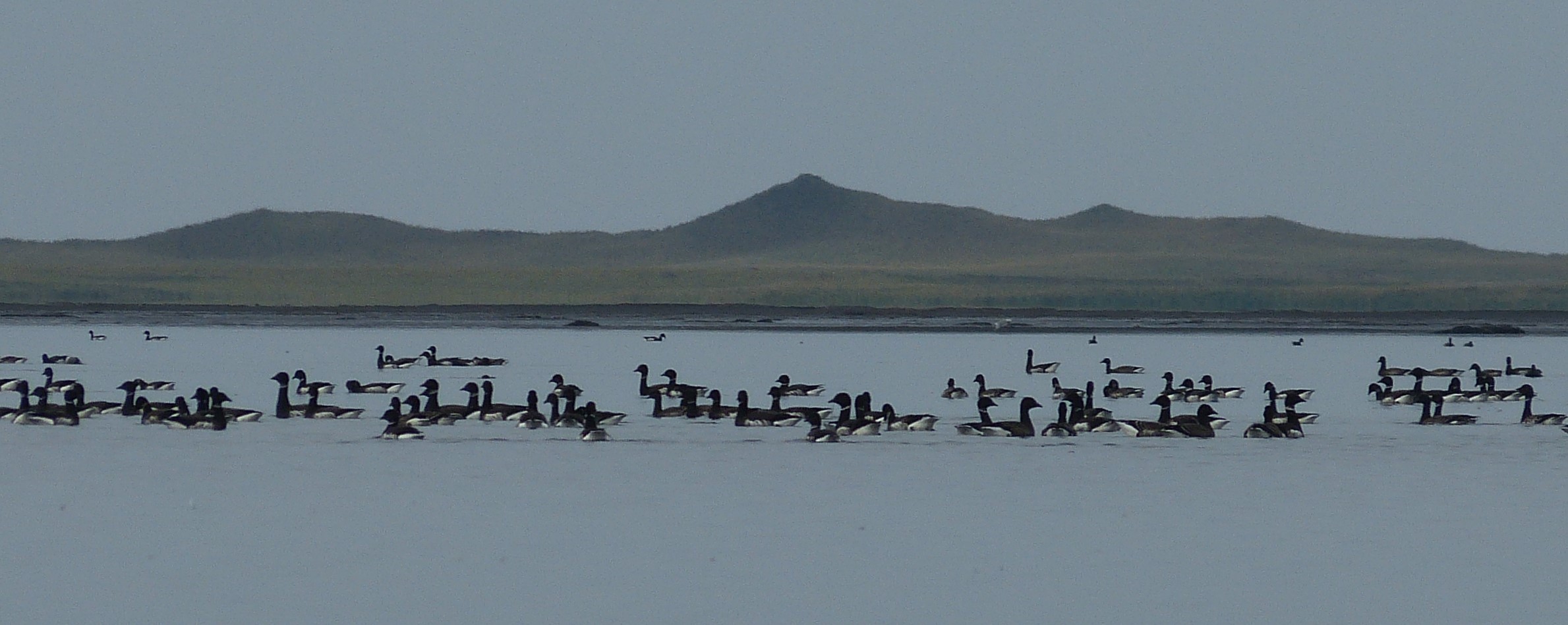by David Raskin, Friends Board President
Arctic National Wildlife Refuge
On February 8, 2023, the Fish and Wildlife Service (FWS) filed notice in the Federal Register regarding the preparation of an Environmental Assessment (EA) for the December 2021 SF 299 application by Kaktovik Inupiat Corporation (KIC) for a winter Right- of-Way (ROW) across the tundra in a wilderness study area (https://www.fws.gov/refuge/arctic). The draft EA is scheduled for September 2023 followed by a public comment period. We expect this to be a lengthy process that will require compliance with the Marine Mammal Protection Act regarding potential impacts on polar bears and a full EIS process. This may result in a requirement for an incidental take permit, which could become a major problem for the ROW application. It should be noted that the request for a winter Right- of-Way across the Refuge may have implications for the Alaska National Interest Lands Conservation Act (ANILCA) and the Izembek road controversy.
A draft report on the Kaktovik claim of historical vehicle use for subsistence activities in the Arctic Refuge tundra, including wilderness study areas, is still under review. Under the solicitor’s opinion in the previous administration, the Refuge is open to motorized vehicles, but there has been little activity to date
Izembek National Wildlife Refuge
On December 13, 2022, the Ninth Circuit Court of Appeals heard oral arguments in its en banc review of the appeal by the DOJ and the State of our second successful lawsuit that had stopped the illegal land transfer for the proposed Izembek road. Their decision to rehear the case en banc nullified the disastrous panel decision and began the road proponents appeal anew. We were extremely fortunate to obtain the pro bono services of San Diego expert appellate attorney Jennifer Bennett, who brilliantly argued our case before the 11-judge panel that unfortunately included a majority of six recent appointees by former President Trump. Assuming the panel decision could come as early as late March, the Izembek coalition is working diligently to convince Secretary Haaland to withdraw the illegal land exchange before the Ninth Circuit issues a decision. That is the only way to immediately put an end to potential threats to Izembek National Wildlife Refuge and more than 100 million acres of federal conservation lands currently protected by ANILCA
Kenai National Wildlife Refuge
We have heard nothing concerning the October 27, 2022, State of Alaska writ of certiorari to the U.S. Supreme Court seeking review of the Ninth Circuit’s decision that supported our win in the District Court. The State claims that the case raises questions of “exceptional importance” to states and the Ninth Circuit decision is “unsustainable on the merits.” It is noteworthy that Safari Clubs International did not join the State in this latest appeal. The Supreme Court rejects most petitions for review, and we expect the same in this case.
Yukon Flats National Wildlife Refuge
We have heard nothing further on the results of Hilcorp’s shallow exploration on Doyon Corporation inholdings in the Yukon Flats Refuge. There is great concern that this may lead to oil and gas development that could negatively impact the world-class wildlife and fisheries and subsistence resources in the refuge




 .
.